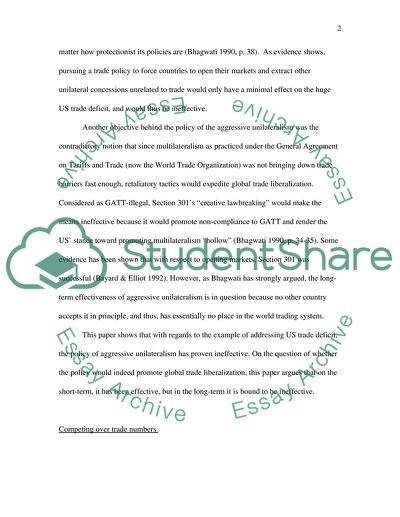Cite this document
(“Aggressive Unilateralism Essay Example | Topics and Well Written Essays - 3250 words”, n.d.)
Retrieved from https://studentshare.org/social-science/1540143-aggressive-unilateralism
Retrieved from https://studentshare.org/social-science/1540143-aggressive-unilateralism
(Aggressive Unilateralism Essay Example | Topics and Well Written Essays - 3250 Words)
https://studentshare.org/social-science/1540143-aggressive-unilateralism.
https://studentshare.org/social-science/1540143-aggressive-unilateralism.
“Aggressive Unilateralism Essay Example | Topics and Well Written Essays - 3250 Words”, n.d. https://studentshare.org/social-science/1540143-aggressive-unilateralism.


